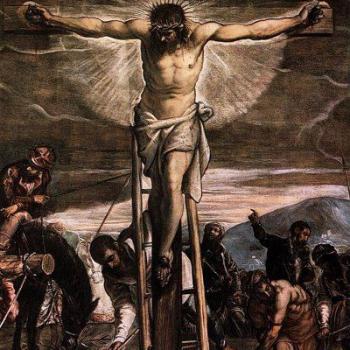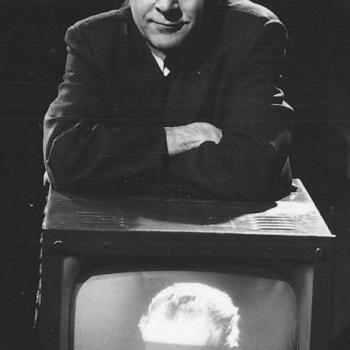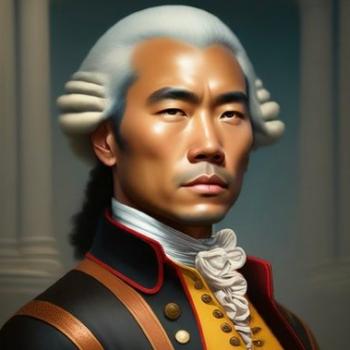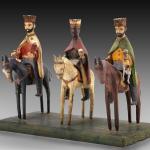Archaeologists have excavated a site identified with the rule of Hezekiah. It includes a shrine with horned altars with the horns knocked off. Also in the shrine: a stone latrine. Scientists have determined that it had never been used, so it was apparently put in just to desecrate the shrine.
This would seem to be evidence of Hezekiah’s crackdown on idolatrous worship. In fact, there is a Biblical text about it:
“Then they demolished the pillar of Baal, and destroyed the temple of Baal, and made it a latrine to this day” (2 Kings 10:27).
A millennia-old latrine discovered at Tel Lachish in Israel might reveal some interesting insights into Biblical history. According to dig director Sa’ar Ganor, who conducted the excavations on behalf of the Israel Antiquities Authority (IAA), the latrine could be evidence of King Hezekiah’s religious reforms enacted throughout the Kingdom of Judah in the eighth century B.C.E.The Hebrew Bible has several references to King Hezekiah’s reforms and attempts to centralize worship in Jerusalem. 2 Chronicles 29–32 describes his efforts during the first year of his reign to cleanse and refurbish the Temple in Jerusalem, believing that his ancestors had not worshipped the God of Israel dutifully. 2 Kings 18:4 narrates that “he removed the high places (bamot), broke down the pillars (masseboth), and cut down the sacred pole (asherah).”
Lachish, located in the foothills of Judah (the Shephelah), was regarded as the second most important city in the Kingdom of Judah after Jerusalem. Spanning more than 18 acres on the tell, the Iron Age city boasted a palace-fort, city wall and six-chambered gate complex.
This winter, excavations led by IAA archaeologist Sa’ar Ganor fully exposed the massive city gate complex, which measures about 80 feet by 80 feet. Discovered at the complex were remnants of storage jars—including some that bore the stamp
lmlk (“[belonging] to the king”)—that may be evidence of
Hezekiah’s preparations against Assyrian king Sennacherib’s impending attacks. Lachish was completely destroyed in 701 B.C.E.
Part of this gate complex, the archaeological team found, was a large room that appears to have been a shrine. The room contained two four-horned altars, whose horns had been intentionally damaged, and several ceramic lamps, bowls and stands. Ganor believes that the destroyed altars corroborate Biblical references to King Hezekiah’s reforms: his efforts to centralize worship in Jerusalem and abolish it elsewhere (see 2 Kings 18:4).
Most surprising of all was that in one corner of the room, the archaeologists discovered a seat carved of stone with a hole in the center—what Ganor believes to be a toilet. This latrine, Ganor says, was unquestionably a form of desecration of this shrine room—a practice described in the Hebrew Bible: “Then they demolished the pillar of Baal, and destroyed the temple of Baal, and made it a latrine to this day” (2 Kings 10:27).
IAA archaeologist Sa’ar Ganor believes this latrine excavated at Lachish was symbolically placed to desecrate the shrine as part of Hezekiah’s reforms. Photo: Igor Kramerman.
“Laboratory tests we conducted in the spot where the stone toilet was placed suggest it was never used,” Ganor said in an IAA press release. “Hence, we can conclude that the placement of the toilet had been symbolic, after which the holy of holies was sealed until the site was destroyed.”
















